Download Lesson Pack
Is It Fair and Authentic? Representation in Online Media
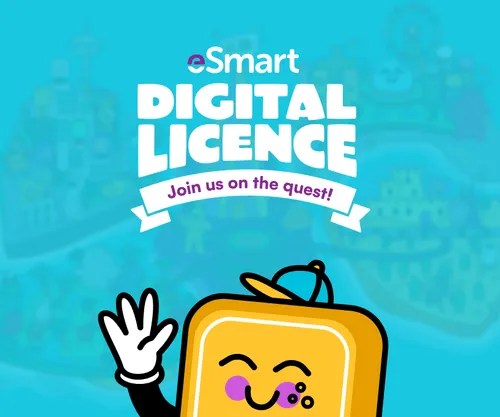
Child Safeguarding Statement
Some resources and activities may prompt a child to remember and potentially share an experience of harm. Make sure you’re familiar with your school's safeguarding policies and procedures so you can confidently report safety and well-being concerns.
Prepare students for the session by discussing: their right to be safe and respected; what to do if discussing online safety makes them feel uncomfortable or unsafe; and how to seek help if they feel or have felt unsafe. Use this resource available on the website.
Is It Fair and Authentic? Representation in Online Media
Learners explore fairness and inclusion in media, recognising diverse and respectful representation.
Lesson details
Content
About this Risk Area
The material children may come across online, including inappropriate or harmful content.
Example topics:
- Strategies for avoidance and help-seeking in relation to problematic and/or offensive content.
- Recognising and critically analysing misinformation, fake news, and clickbait.
- Understanding the impact of online content on emotions, attitudes, and behaviours.
- Respecting intellectual property rights and understanding copyright laws.
The resources for this risk area provide guidance on navigating and critically evaluating online material.
This lesson empowers learners to critically examine media through the lenses of fairness, authenticity, and inclusion. Using real-world examples like movie posters, book covers, advertisements, and articles, learners will explore the importance of fair representation in media and its connection to child rights.
This lesson aligns with and promotes several principles from the United Nations Convention on the Rights of the Child. It supports the right to freely express one’s identity and individuality (Article 13) by encouraging learners to explore and discuss what fair and authentic representation means to them. The lesson also upholds the right to enjoy and share one’s culture, language, and religion (Article 30) by analysing how media can reflect and respect diversity in meaningful ways. Additionally, it fosters access to reliable information (Article 17) by guiding learners to critically evaluate media content for fairness and accuracy, helping them become responsible and informed media consumers.
Learning Intentions
Learners will:
- Understand the concept of child rights, particularly the right to fair representation in media.
- Explain why fair and authentic representation matters in media.
These intentions are evidenced when learners can:
- Explain the concept of “identity” and how this relates to the United Nations Convention on the Rights of the Child (UNCRC).
- Provide at least one example of how media can be fair and authentic.
Educators will:
- Facilitate learner understanding of child rights, focusing on the right to fair and authentic representation in media.
- Guide learners in critically analysing media using the principles of fairness and authenticity.
These intentions are evidenced when educators can:
- Use effective questioning and discussion to help learners connect media representation to child rights, including gender, age and inclusion.
- Observe learners identifying and describing key elements of fairness and authenticity in media.
Curriculum alignment
Australian Curriculum (Version 9.0)
The Australian Curriculum outlines the fundamental knowledge, comprehension, and abilities students are expected to acquire as they advance through the initial 11 years of schooling.
Year 5: English
- AC9E5LA01: Understand that language is selected for social contexts and that it helps to signal social roles and relationships.
- AC9E5LA02: Understand how to move beyond making bare assertions by taking account of differing ideas or opinions and authoritative sources.
- AC9E5LA07: Explain how the sequence of images in print, digital and film texts has an effect on meaning.
- AC9E5LY02: Use appropriate interaction skills including paraphrasing and questioning to clarify meaning, make connections to own experience, and present and justify an opinion or idea.
- AC9E5LY03: Explain characteristic features used in imaginative, informative and persuasive texts to meet the purpose of the text.
- AC9E5LY05: Use comprehension strategies such as visualising, predicting, connecting, summarising, monitoring and questioning to build literal and inferred meaning to evaluate information and ideas.
Year 6: English
- AC9E6LA02: Understand the uses of objective and subjective language, and identify bias.
- AC9E6LA07: Identify and explain how images, figures, tables, diagrams, maps and graphs contribute to meaning.
- AC9E6LY01: Examine texts including media texts that represent ideas and events, and identify how they reflect the context in which they were created.
- AC9E6LY02: Use interaction skills and awareness of formality when paraphrasing, questioning, clarifying and interrogating ideas, developing and supporting arguments, and sharing and evaluating information, experiences and opinions.
- AC9E6LY03: Analyse how text structures and language features work together to meet the purpose of a text, and engage and influence audiences.
- AC9E6LY05: Use comprehension strategies such as visualising, predicting, connecting, summarising, monitoring and questioning to build literal and inferred meaning, and to connect and compare content from a variety of sources.
Years 5 & 6: Health and Physical Education
- AC9HP6P01: Explain how identities can be influenced by people and places, and how we can create positive self-identities.
- AC9HP6P03: Investigate how the portrayal of societal roles and responsibilities can be influenced by gender stereotypes.
- AC9HP6P04: Describe and demonstrate how respect and empathy can be expressed to positively influence. relationships
- AC9HP6P08: Analyse and rehearse protective behaviours and help-seeking strategies that can be used in a range of online and offline situations.
- AC9HP6P10: Analyse how behaviours influence the health, safety, relationships and wellbeing of individuals and communities.
Years 5 & 6: Media Arts
- AC9AMA6E01: Explore ways that media languages and media technologies are used in media arts works and practices across cultures, times, places and/or other contexts.
My Time, Our Place – Framework for School Age Care in Australia
This framework assists educators to provide children and young people with opportunities to maximise their potential and develop a foundation for successful lifelong learning. The Framework has been designed for use by approved providers and school age care educators working in partnership with children and young people, their families and the community, including schools.
Outcome 1: Children and young people have a strong sense of identity.
Children learn to understand their role in digital spaces and how they interact with others safely and respectfully. This is evident when children:
- Develop awareness of their personal boundaries online and demonstrate respect for the boundaries of others.
- Explore ways to protect their identity and privacy in digital environments.
Outcome 2: Children and young people are connected with and contribute to their world.
Children learn about the impact of their actions in online communities and how to engage positively. This is evident when children:
- Recognise the importance of fair and authentic interactions in online games and communities.
- Identify ways to contribute safely and responsibly to shared digital spaces.
CASEL Framework
This Framework creates a foundation for applying evidence-based, Social and Emotional Learning (SEL) strategies both at school and in the broader community. Its aim is to support the cultivation of SEL skills and environments that advance students’ learning and development.
- Social awareness: The abilities to understand the perspectives of and empathise with others, including those from diverse backgrounds, cultures, and contexts. This includes the capacities to feel compassion for others, understand broader historical and social norms for behaviour in different settings, and recognise family, school, and community resources and supports.
Bournemouth University Theory of Change
This project, funded by the Department for Digital, Culture, Media and Sport (DCMS) as part of the UK government's Online Literacy Media Strategy, aims to empower people to stay safe online by being able to critically evaluate what they see and read on the internet. It offers a transferable and sustainable framework and methodology that can not only be used for the independent evaluation of media literacy projects but also to inform their future design.
- Awareness: Media literacy enables people to have a critical awareness of how media and information represent people, events, issues and places. On a larger scale, media literacy helps us to understand how the media environment we are engaging with is constructed, for example in terms of how diverse it is, who owns or controls different media sources and how digital and social media is governed, designed and manipulated. Media literacy also involves critical awareness about the role of data and algorithms in everyday life and with regard to citizenship, education, work and health.
National Association of Media Literacy Education (NAMLE)
The NAMLE Framework outlines the foundational concepts and principles for teaching and learning about media literacy. Media literacy, as defined by NAMLE, is the ability to access, analyze, evaluate, create, and act using all forms of communication.
Core Principle 1
- 1.2: Media Literacy Education (MLE) intersects with other literacies, such as information, digital, and social-emotional literacies.
- 1.4: MLE values inquiry of contemporary media experiences that are culturally relevant in both the learning environment and the everyday lives of learners.
Core Principle 2
- 2.1: MLE teaches that all media experiences are constructed and prepares people to engage in critical analysis and reflection of these experiences.
- 2.3: MLE helps learners identify biases within their own and others’ media experiences.
Core Principle 9
- 9.3: MLE amplifies historically marginalised voices by including opportunities to examine cross-cultural media and international perspectives.
- 9.4: MLE explores issues of representations such as race, ethnicity, gender, sexuality, age, ability, and socio-economic status.



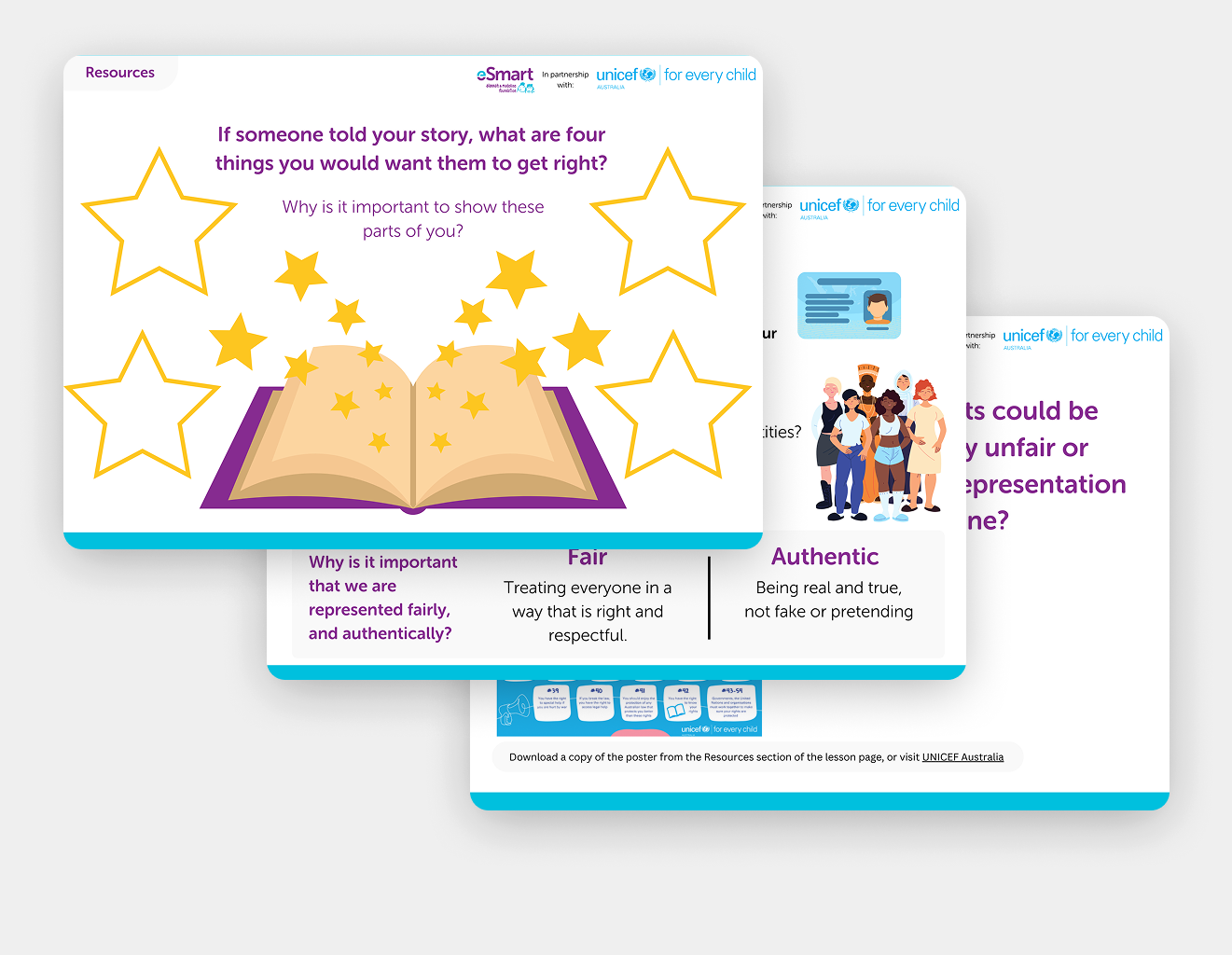

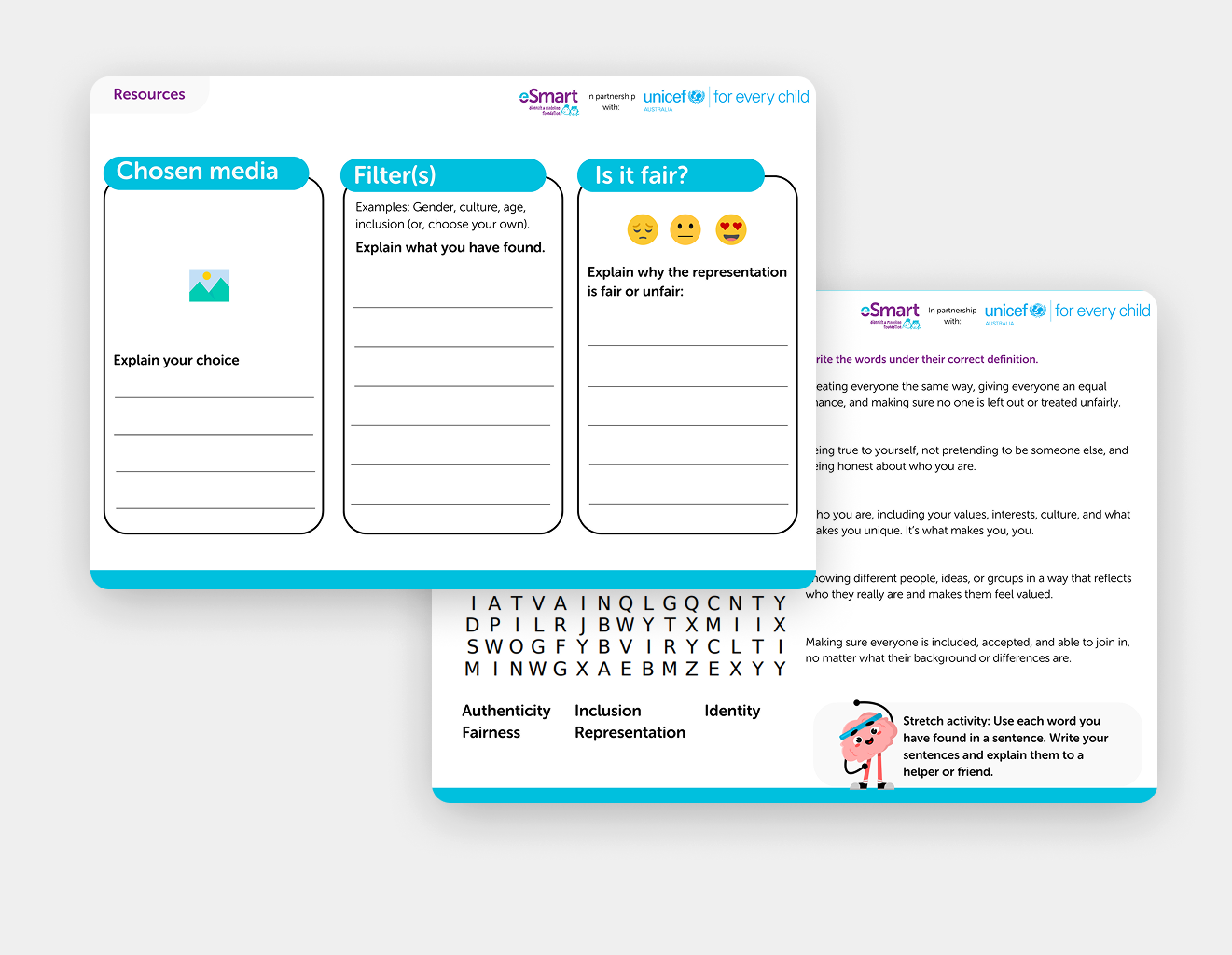
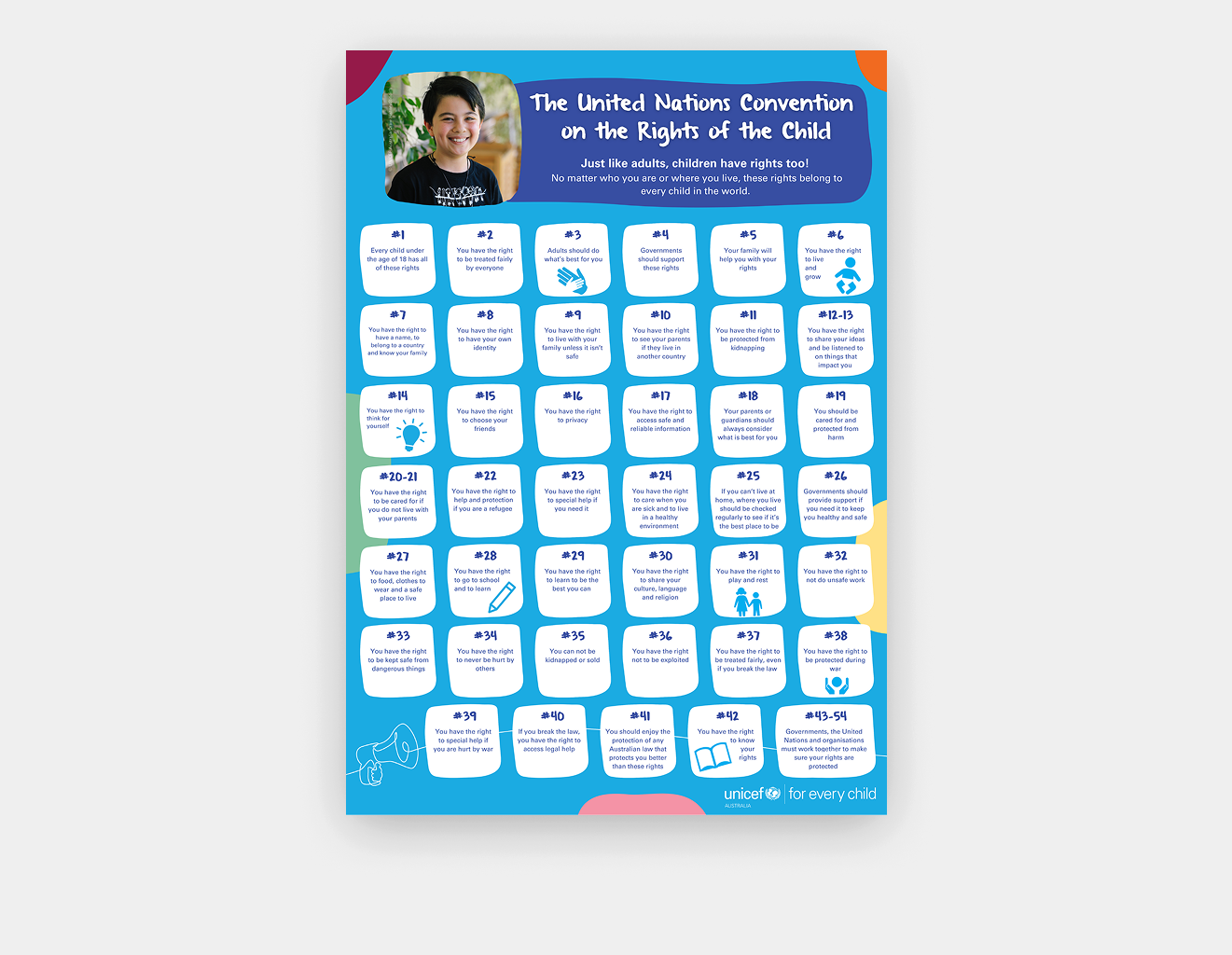
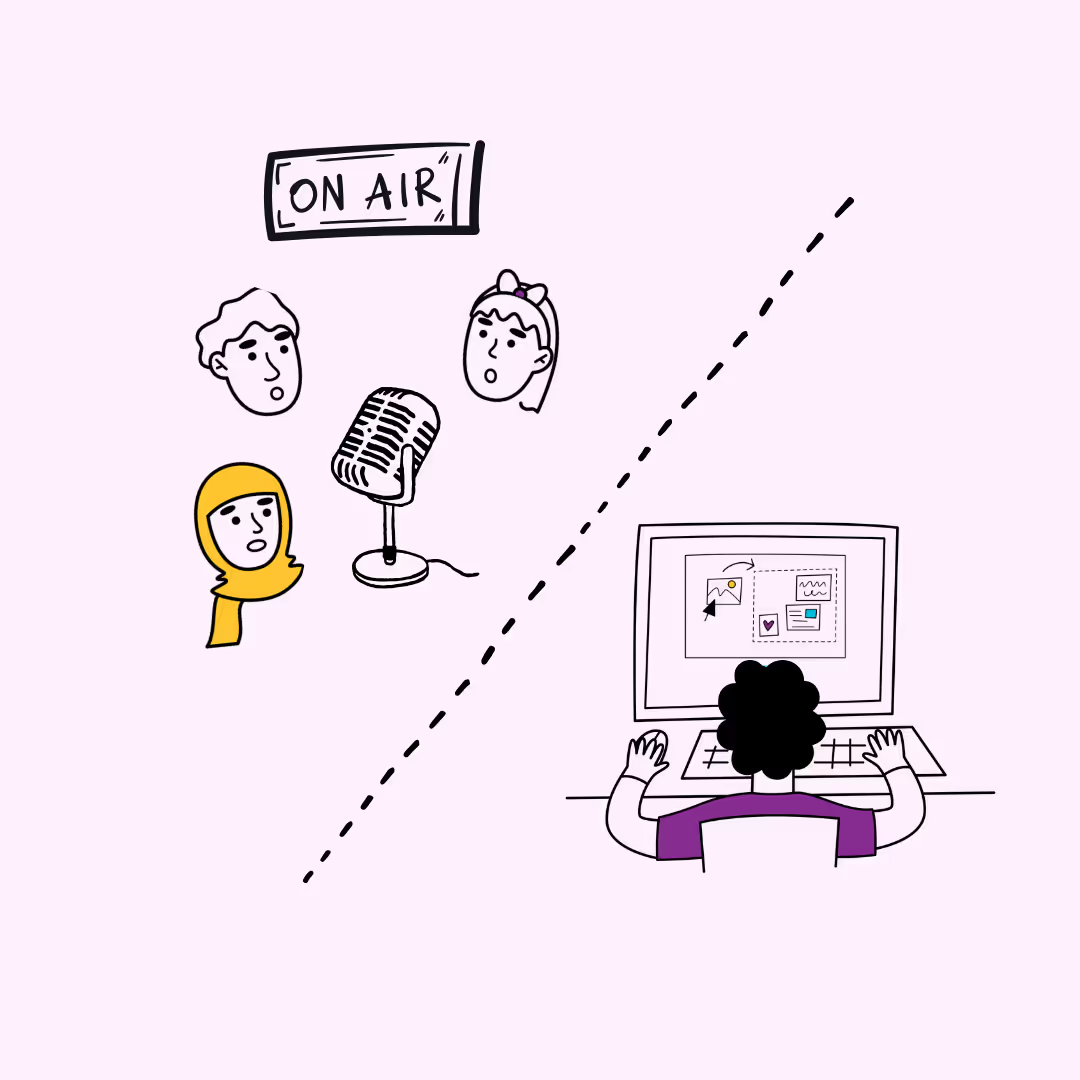
.avif)
.avif)